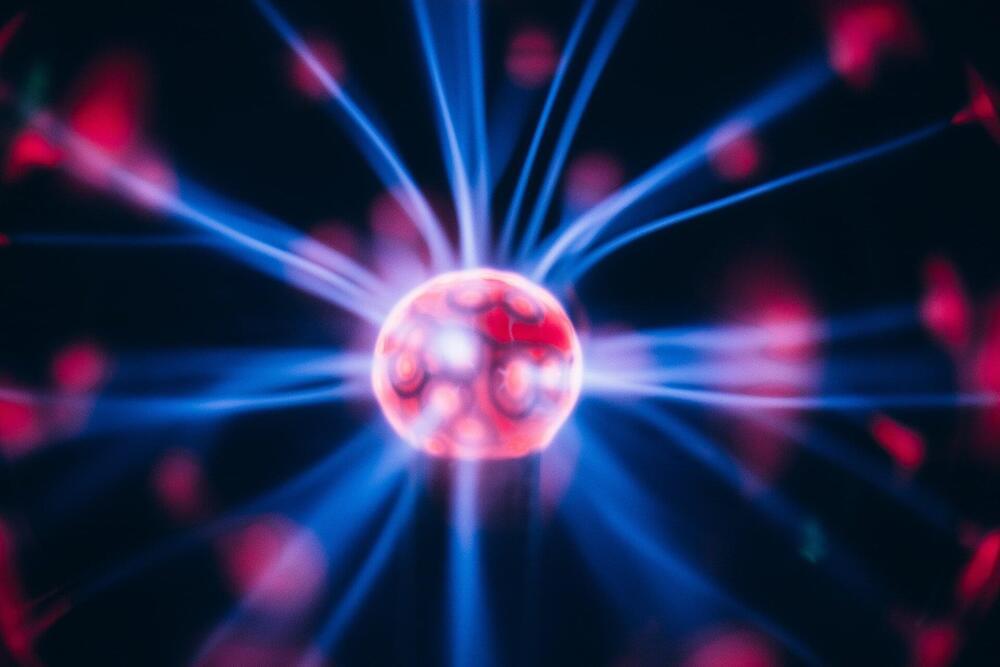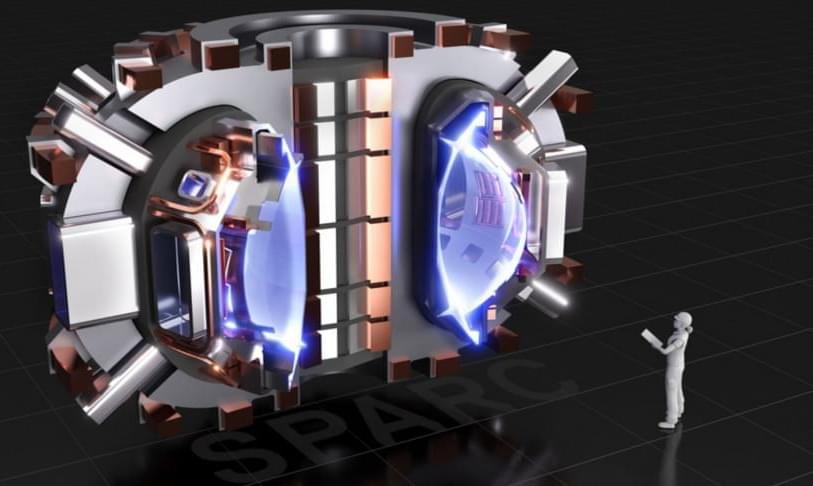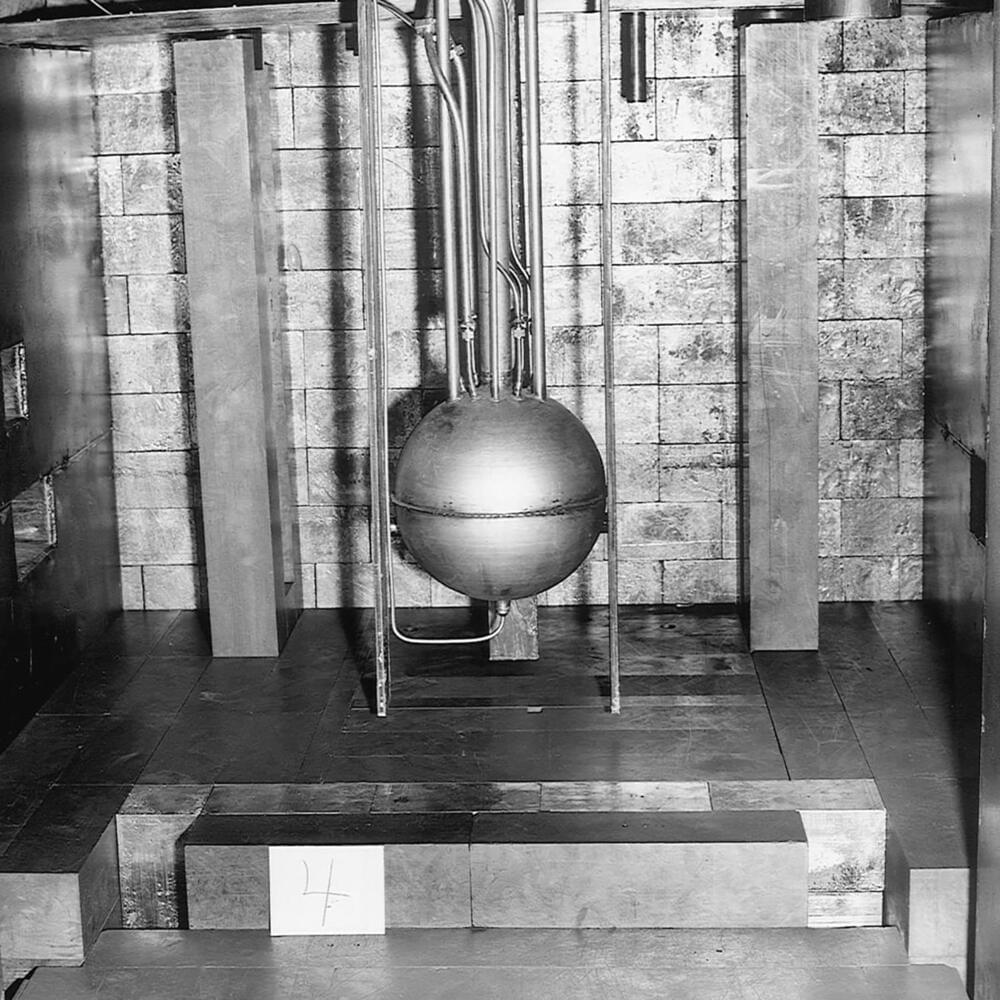
The Facility for Rare Isotope Beams (FRIB) at Michigan State University (MSU) in East Lansing had a budget of $730 million, most of it funded by the US Department of Energy, with a $94.5 million contribution from the state of Michigan. MSU contributed an additional $212 million in various ways, including the land. It replaces an earlier National Science Foundation accelerator, called the National Superconducting Cyclotron Laboratory (NSCL), at the same site. Construction of FRIB started in 2014 and was completed late last year, “five months early and on budget”, says nuclear physicist Bradley Sherrill, who is FRIB’s science director.
For decades, nuclear physicists had been pushing for a facility of its power — one that could produce rare isotopes orders of magnitude faster than is possible with the NSCL and similar accelerators worldwide. The first proposals for such a machine came in the late 1980s, and consensus was reached in the 1990s. “The community was adamant that we need to get a tool like this,” says Witold Nazarewicz, a theoretical nuclear physicist and FRIB’s chief scientist.


















